16 min read
Who Should Not Use Red Light Therapy? Risks & Safety 101
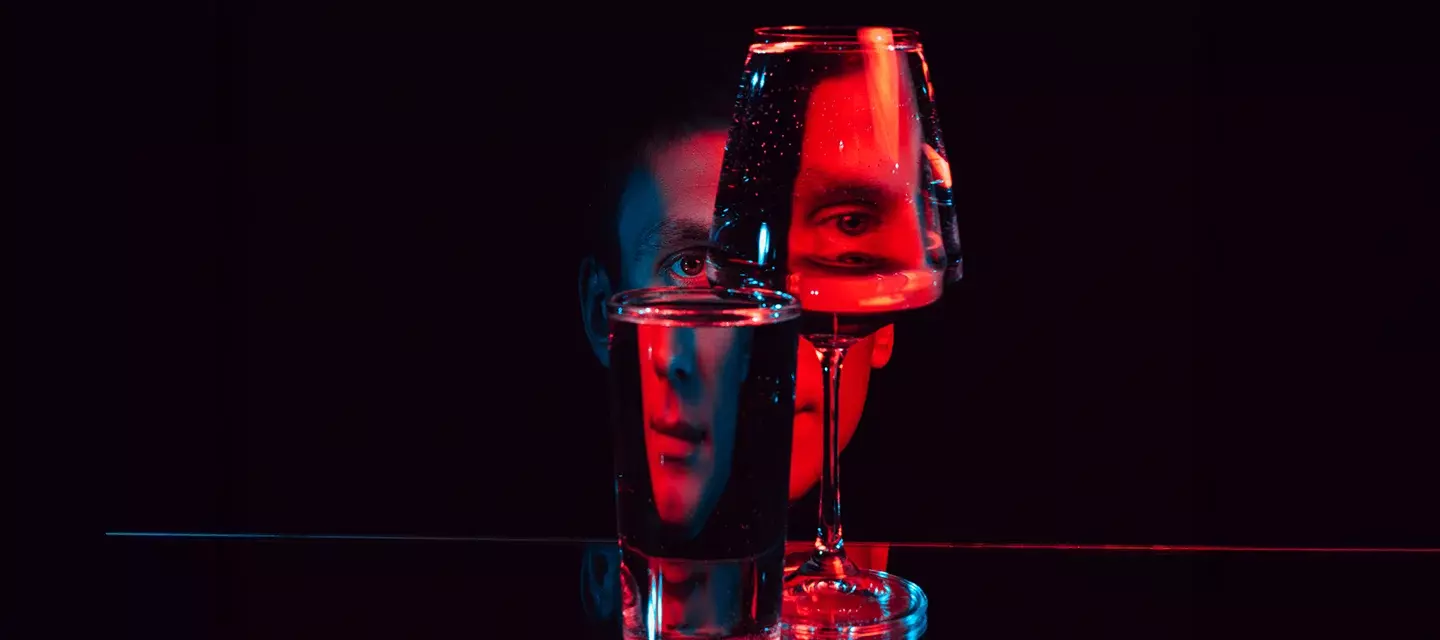
Photobiomodulation (the use of light for therapeutic purposes in living organisms, which you are one of) and red light therapy have a long history that started with Thomas Edison patenting the lightbulb way back in 1879, moving into medicine with a curious Danish doctor who added a Nobel Prize onto his resume by concentrating electric lights 15 times and helping 804 patients with tuberculosis lesions.
Mr. Einstein himself and his spectacular hairdo theorised the "laser", which was actually created some 40+ years later. Then there was this Hungarian physician, Dr. Mestner, on a quest to cure cancer. The red light therapy (RLT) he used didn’t cure cancer, but the rats healed their wounds and their fur grew back. NASA picked up on that, and red light therapy ended up in space, helping astronauts heal cuts and grow vegetables. Then we figured out skin looked way better as the cells regenerated, inflammation subsided, and an entire industry grew around red light therapy's healing and anti-aging properties. These therapies, usually in the red, near infrared, and infrared range, have now become one of the top non-invasive anti-aging treatments, so popular that the market has exploded with in-office and at-home red light therapy devices.
Although non-invasive, very well tolerated, and with very rare to no side effects, red light therapy dangers are real for specific groups and medical conditions. Today, we will explore who should avoid red light therapy or refrain from using it without medical supervision, based on current scientific evidence and expert advice.
Who Should Avoid or Use Caution with Red Light Therapy?
From preventing you from stepping on legos, precisely cutting metals, allowing us to see colours (well, see anything at all really), to restoring and rejuvenating body functions and turning back time on aesthetic features without a drop of blood glistening on that scalpel blade - light can do many wonderful things. We co-evolved with light and depend on it for our survival, sleep patterns, mood, and mental stability, but we're also not the same as our ancestors. The biology of our bodies remains, but we've taken the light energy, for a long time only available when the cycles of nature allowed, and we enhanced it, creating devices and lifestyles unimaginable only a few generations ago, healing and rejuvenating with the power of concentrated light sources.
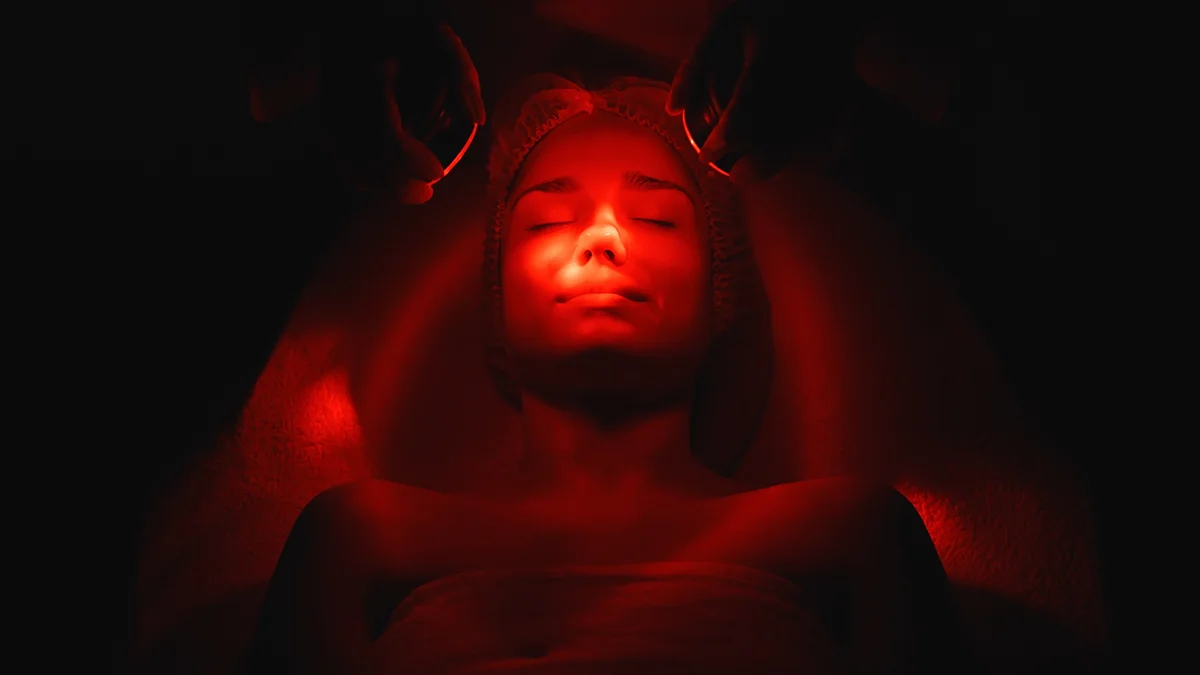
But no matter how many proven red light benefits and how benign the therapy (even something as harmless as a drink of water is dangerous to someone with internal bleeding, not because drinking water is dangerous, but because the circumstance makes it so), there are always exceptions we should know about that might have an adverse effect. So, who should avoid red light therapy? You should talk to a physician before use to discuss if RLT is safe for you, and exercise caution if you belong to any of the following groups:
- People with active skin cancer or a history of skin cancer
- Those with photosensitive conditions such as lupus or porphyria
- Individuals taking photosensitizing medications (e.g., tetracycline, doxycycline, lithium, some antipsychotics)
- People of darker skin tones may be prone to hyperpigmentation
- Pregnant women, due to limited long-term safety data
- Those with open wounds or skin lesions
- People with eye conditions or vision problems
Why These Groups Need to Be Careful
History of Skin Cancer or Active Cancer
One of the most foul words in the language, emotionally charged and rancid with relentless malignancy, cancer is a very different situation for the body. Once the cells have gone rogue, a whole new set of rules applies. Is red light therapy harmful for cancer? At first glance, individuals with skin cancer would seem to benefit from the renewal and recovery benefits of red light therapy. Still, RLT encourages healthy cellular function by stimulating mitochondrial activity (the power engine of the cell), which can accelerate tissue repair and collagen production. However, this same stimulation may also help cancer cells with dysfunctional mitochondria.
Cancer cells love sugar, taking in much more glucose than healthy cells (called The Warburg Effect, and that’s actually how we find them). They need sugar because they ferment it for energy (reverting to the older type of cell mechanisms), because the usual way of gaining energy from nutrients and oxygen burning (OXFOS) within the mitochondria fails, as their mitochondria are defective. So RTL raises concerns in individuals with a history of cancer, especially skin cancers like melanoma or basal cell carcinoma, but could also, quite oppositely, help healthy cells survive and thrive.
Although no strong clinical evidence in human trials links RLT to definite cancer progression, a 2012 preclinical study using mice with UV-induced cell carcinomas found that red light phototherapy could stimulate tumor progression. The reaction to RLT may vary among types of cancer and depend on the local or systemic application of the red light therapy, but medical professionals typically recommend avoiding it.
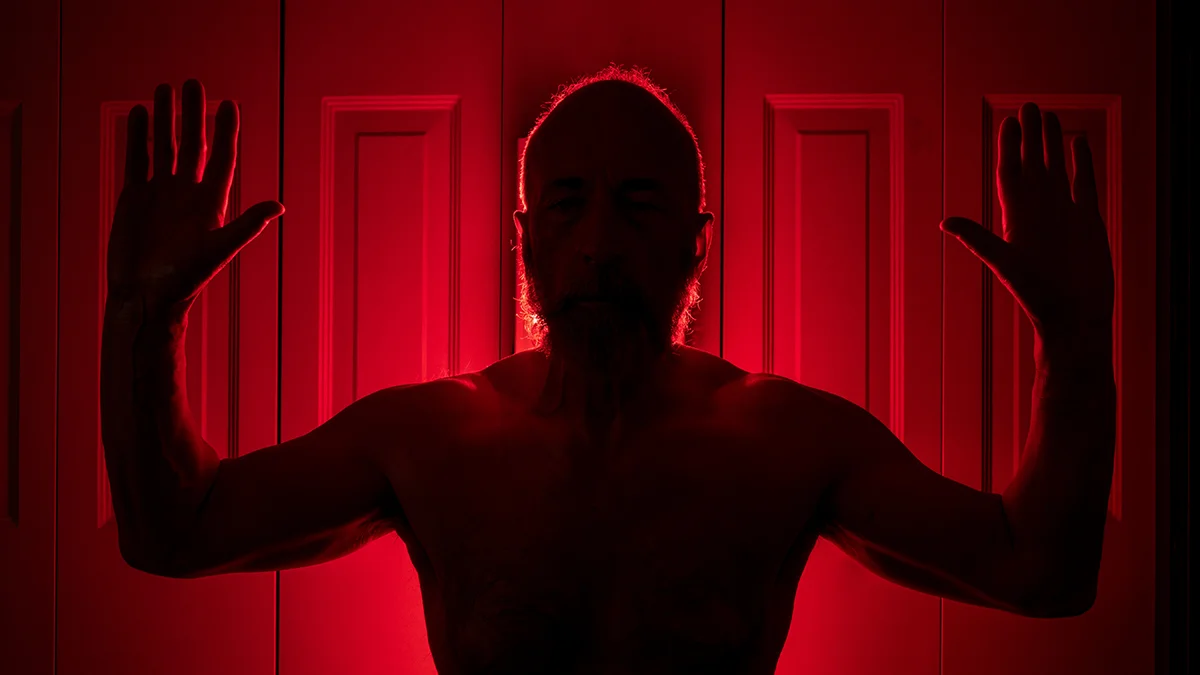
Still, this question is far from settled, as other research confirms red light photobiomodulation as a beneficial complement to cancer therapy and criticizes studies demonizing RLT for cancer as those done only on cancer cell cultures or in vitro, which do not translate well to in vivo (in a living body) models. Optimistic research claims light can directly damage the tumor, work synergistically with other therapies, stimulate the immune system, and help post-chemo recovery.
If you are in remission or currently undergoing cancer treatment, speak with your oncologist or dermatologist if you are really keen on trying red light and arrange for strict medical supervision.
Photosensitive Medical Conditions
Photosensitive people have an abnormal reaction to light, which can be acquired, autoimmune, or a genetic condition like lupus erythematosus or porphyria. These individuals have a very ambiguous relationship to light. Research shows some therapeutic benefit of photobiomodulation in therapeutic red or near-infrared wavelengths. On the other hand, it can also trigger flare-ups, rashes, or more serious systemic responses.
It’s very appropriate that our light is red here, as, just like with cancer, there are no black-and-white simple answers to the complex question of RLT contraindications. Is red light therapy harmful for lupus or porphyria? What about other photosensitive conditions?
A 2008 randomized controlled clinical trial found that red LED therapy (660 nm) was protective against UV–B–induced erythema and inflammation.
- 13 healthy adults + 2 patients with polymorphic light eruption (PLE)
- 5–10 sessions of 660 nm LED applied to an area of skin before UV exposure
- 85% of participants showed a >50% reduction in UV-induced erythema on the skin that was treated with LED therapy
- There was a dose–response effect—more LED sessions meant greater protection
- Treated skin exhibited a sun-protection factor (SPF)–15 equivalent, and reduced post-inflammatory hyperpigmentation
- Better cellular resistance against UV triggers by modulating inflammation
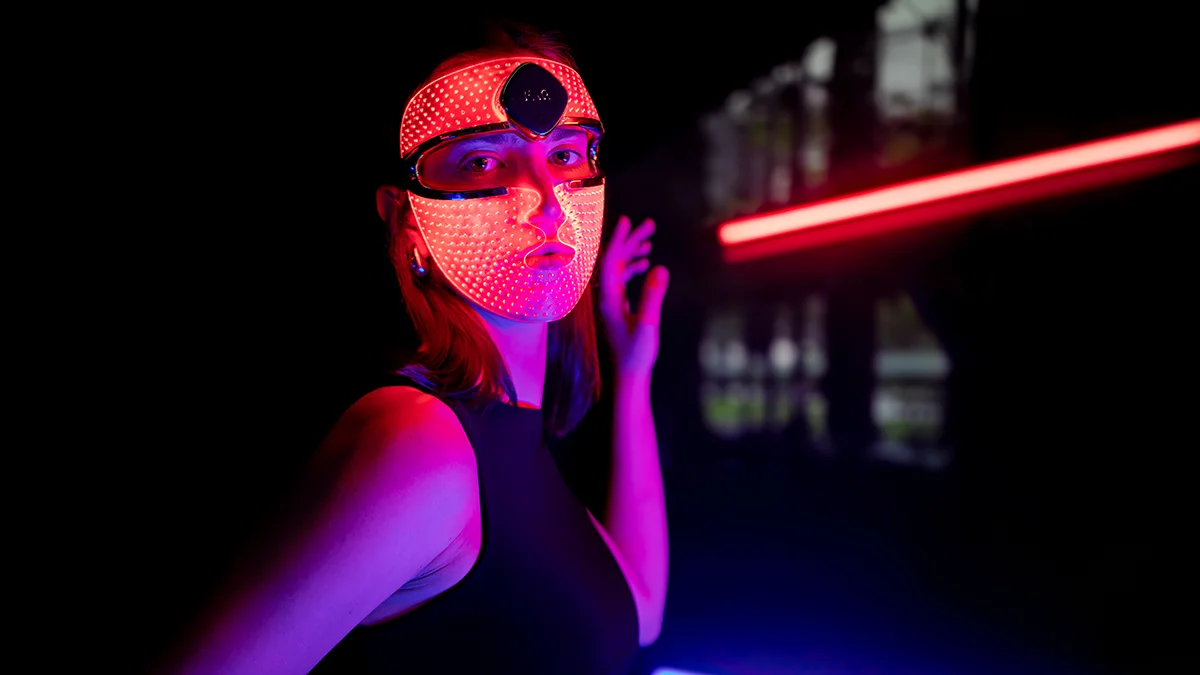
But remember the non-dichromatic nature we mentioned? While RLT emits non-UV light, it can still interact with the body in ways that affect light-sensitive people. In conditions like lupus, the immune system is already hyper-reactive, and introducing another light stimulus may worsen symptoms or provoke unpredictable responses.
- A clinical study analyzing 100 lupus patients found that 93% showed abnormal reactions to UV AND visible light
- Another photobiological study confirmed that all visible light can trigger lesion formation in lupus patients
- The International Porphyria Network warns that patients with cutaneous porphyrias experience rapid, painful skin reactions from visible light exposure.
Photosensitizing Medications
These are the medications for various conditions that, as one of the side effects, have the heightening of the skin’s sensitivity to all forms of light. Mostly referred to in studies are UVA & UVB , but it often applies to all forms of visible light, even gentle light like red light therapy, and even in low doses. Common examples of photosensitizing medication include antibiotics such as tetracycline or doxycycline, psychiatric medications like lithium or certain antipsychotics, and even some acne treatments or diuretics, and the statistics can be surprising:
- A large German and Austrian health database study (2000–2017) revealed that ~49% of dispensed medications were known photosensitizers.
- A Norwegian pharmacovigilance report found that 8% of all reported cutaneous (affecting the skin) drug reactions were due to photosensitizing agents
- In a survey of 356 adults aged 65+, over 20% reported using photosensitizing medications, often multiple simultaneous photosensitizing drug therapies
- Remember, the risk here isn’t unique to red light therapy but exposure to any visible light, manifest in redness, inflammation, or burns after very short exposure.
Darker Skin Tones and Risk of Hyperpigmentation
All skin colors are gorgeous, but they don’t have the same needs. Depending on which colour you’re blessed to be living in, you have already noticed something about yourself. If you’re light-skinned, you know you can’t tan. You step into the sun and just burst into flames, and SPF barely helps. If your skin is naturally darker, you know that you can get gorgeously tanned on a short vacation, but every cut, pimple, and scar leaves you with a darker hyperpigmented area. Light therapy is generally safe across skin tones, but emerging reports suggest that individuals with Fitzpatrick skin types IV–VI (the three darkest skin tones) may be more susceptible to pigmentation changes under the influence of light, confirming the reactions we’ve seen play out so many times in real life. Some users report post-inflammatory hyperpigmentation (PIH) or uneven skin tone after repeated RLT use.
This doesn’t mean RLT is off-limits for deeper skin tones—only that it may require extra care to cover some spots up or use area-specific red light therapies rather than treating the whole body or face surface. Choose a device with adjustable intensity settings, those with quality guaranteed by the FDA or equivalent regulatory bodies, start with shorter exposure, and closely monitor skin reactions. Suppose you have really sensitive melasma or hyperpigmentation. In that case, you may very well need to give up red light therapy, but may benefit from other treatments like microneedling or chemical peels to fight signs of aging.
Pregnancy and Breastfeeding
For ethical, moral, and common sense reasons, we as a society are very very reluctant to studies on pregnant or breastfeeding women, so this is the area where red light therapy evidence is most sparse. There is currently no conclusive evidence proving that red light therapy is harmful during pregnancy or while breastfeeding, but the lack of long-term safety data means that your doctor will advise caution. When it comes to pregnancy, we mostly go by: if it hasn’t been thoroughly studied, avoid it. Still, there is some research into using RLT to help with the complications in pregnancy and breastfeeding, and it is showing some promise in:
- Safer pregnancies in preeclampsia cases by using 670 nm RLT
- A study with up to 150 women over 6 weeks of pregnancy with major depressive symptoms showed that bright-light therapy reduced depression symptoms by ~50–60% vs. dim red light
- Women with breast abscess showed pain relief after 3 sessions and abscess resolution after 15 sessions of 660 nm PBM.
Pregnant skin is also more prone to sensitivity, and hormonal changes may alter how the body reacts to light exposure, increasing the risk of irritation or pigmentation. So, do talk to your OBGYN, GP, or dermatologist.
Open Wounds, Infections, or Skin Lesions
We’ve mentioned red light therapy’s benefits in supporting wound healing that even landed it a place in NASA’s space shuttles, but this presumes a clinical setting. The danger of using RLT on wounds and infections at home is not due to the inherent properties of red LED therapy, but due to the inability to ensure clinical cleanliness of equipment and setting. At-home use on open wounds or active infections is not advised, as you might introduce some new pathogen or cause bacteria to spread and make the problem worse. But RLT is a clinical setting that is successful:
- Third-degree burns in mice were treated with a 810 nm NIR laser which accelerated re-epithelialization, increased activation of TGF-β1, supporting angiogenesis and collagen formation.
- Rats with skin wounds extending the whole thickness of the skin were treated with red LED and showed improved keratocyte proliferation and wound closure rates compared to control groups.
- 50–100% of cases of HPV warts in pilots were cured in antimicrobial photodynamic therapy using red and white light with minimal adverse effects.
- Chronic venous leg ulcers were treated with 660 nm & 890 nm LED therapy resulting in faster ulcer healing compared to placebo-controlled group.
- So, is red light therapy harmful to wounds and lesions? No. Clinical wound care with RLT is superior because it is supervised by professionals using medical-grade devices and precise dosing protocols, which may not be possible with at-home consumer devices.

Eye Conditions or Photosensitive Neurological Disorders (e.g., Epilepsy)
There is a big difference between at-home red light masks and wands and professional red light devices. Is red light therapy harmful to the eye? It depends. It is not necessarily harmful and may even have some benefits.
- When it comes to retinal disease, multiple clinical trials that used 670 nm red/NIR light in dry age-related macular degeneration (AMD) say patients showed 20–47% improvements in color contrast sensitivity and visual acuity lines sustained over up to 6 months, with no reported negative side effects.
But red light therapy developed for the face or body should never be directed at the eyes without protective goggles unless explicitly designed for ophthalmic use or if the instructions for use explicitly cite that goggles are not necessary. Most at-home devices are on the lower side of exposure and are safe to use without goggles, but don’t stare directly at the lights.
- Even prolonged direct exposure of retinas to low-level RLT in a therapeutic capacity may cause thermal and photochemical injury to retinal cells, forming permanent blind spots (scotomas) due to the increase in retina temperature.
In general, if you are having any kind of eye treatment, do go and talk to a friendly ophthalmologist about a specific therapy or device you plan on using. Even with protective goggles, prolonged or intense exposure to stronger clinical sources can affect the retina—especially in individuals with pre-existing eye conditions like glaucoma or macular degeneration—so these should be handled by a professional.
Once considered an ability to talk to gods, spirits, and devils, the communion with the other side that would elevate or isolate individuals, epilepsy awareness grew as we learnt more about the brain, and we’ve also learnt that light exposure affects the frequency of epilepsy seizures. Those with photosensitive neurological disorders like epilepsy should be cautious, particularly if the device emits a flickering light. RLT is not typically pulsed or flashing, but can still be problematic for the nervous systems of people with such light-triggered conditions.
- Red light has potentially therapeutic effects in epilepsy but may also trigger seizures in photosensitive individuals, which can be prevented by blue light filtering. There is a need for more human clinical data, but if you are photosensitive, don’t go flashing any lights into your eyes.
Practical Tips for Safe Use of Red Light Therapy
Now that you've been properly shaken up by our dive into who should avoid red light therapy, we'll give some very doable, practical, common-sense tips that will make sure you stay safe and show that there is no need to freak out.

You'll also hopefully appreciate the effort to present the dual nature of red light therapy and the importance of the device used itself, the context, and the setting of the treatment in question. We believe that reverting to simple fear-mongering that might deter you from a very useful, non-invasive therapy that can enhance health and well-being with practically no adverse effects in most people is pointless.
So, to enjoy the benefits of red light therapy safely, throw an (hopefully undamaged) eyeball onto some experience and expert-backed guidelines:
Choose certified devices
Quality matters, and cutting corners costs more in the end, whether for the manufacturer or the device user. When looking for your device, look only for FDA-cleared or CE-certified red light therapy devices. This will keep you as safe as possible and ensure an accurate and uniform wavelength delivery.
Follow usage instructions carefully
We know, instructions can be so tedious. But please read them if you just got a red light therapy device you’ll be using on your face, body, or hair. If you’re willing to read instructions on assembling that coffee table, read these, too. Stick to the manufacturer’s guidelines regarding treatment duration, distance from the skin, and recommended frequency. Closer does not necessarily mean deeper, and more is not always better.
Protect your eyes
The intensity of at-home devices is lower than that of professional red light therapy, and they sometimes come with inbuilt shields for the eyes, such as the global rejuvenating self-care hit, FAQ™ 202 Anti-Aging Silicone LED Mask. However, always wear protective goggles if the manufacturer advises, especially when treating the face or areas near the eyes.
Start with a patch test –Whenever introducing something you’ve never tried before, do a small patch test on an area of skin you can easily hide. Before beginning full treatment, test the device to check for sensitivity or unexpected reactions. The skin on the face is one of the thinnest areas on the body, so if you get a reaction on, let’s say, your forearm, your facial skin is even more sensitive.
Consult your healthcare provider
We heavily side on the side of caution and advise that you speak with a professional before starting RLT if you have any medical conditions, take medications, or are unsure about your suitability. This applies both to professional and at-home devices.
Avoid untested or DIY devices
You may think that a cheap device does just the same thing as the tested and proven one. It might, but it also might not. You can’t know without clinical trials confirming a well-researched, clinically validated therapeutic tool. Unregulated devices may pose risks or deliver inconsistent results, and please stay away from homemade Frankenstein devices, which may be downright dangerous, no matter how skilled the impromptu engineer.
FAQs and a quick summary
What medications should be avoided with red light therapy?
Photosensitizing medications—such as certain antibiotics (tetracyclines), antifungals, chemotherapy drugs, or isotretinoin— may increase skin sensitivity to light. Individuals on strong immunosuppressants or anticoagulants should really talk to their doctor before using RLT.
Does red light therapy reach organs?
No, nor really. Surface red and near-infrared light can not penetrate deeply enough to reach any internal organs directly. But it can stimulate skin and superficial tissues, leading to systemic effects, such as improved circulation and reduced inflammation all over the body.
Can red light therapy cause melanoma?
No. Red light therapy emits red/NIR wavelengths and not UV radiation, which is known to increase cancer risk. The American Academy of Dermatology affirms RLT’s short-term safety. But if a person has active skin cancer, the rules of the game are unpredictable, so they should seek professional advice before using red light therapy.
Does red light therapy cause hyperpigmentation?
No, RLT does not cause hyperpigmentation and may even help treat existing pigmentation issues. The exception may be that excessive exposure can sometimes worsen pigmentation in darker skin types or with high-intensity use. So if your skin is of a darker tone, maybe consult a dermatologist or choose a different anti-aging treatment, just to be on the safe side.
Can red light therapy hurt your eyes?
RLT is safe for the eyes in healthy individuals when used as instructed and when wearing goggles for devices that require eye protection. Controlled use of specific red light therapy devices is even used to help with vision problems. But those with preexisting eye disease, degeneration, or photosensitivity should exercise caution
Can you overdo red light therapy?
Yes. You can get into a too much of a good thing situation. Though generally harmless, overuse can cause some irritation, like redness from excessive nitric oxide production, and can diminish the returns you were expecting. Please follow the recommended treatment intervals. The devices have been tested so you can have the privilege of knowing at what frequency and duration you can get the most out of it. Trust the information.
Can I use red light therapy after Botox?
Yes, you can, but not right away. Wait 24–48 hours post-injection to let Botox settle and avoid affecting results. Using RLT afterward minor procedures can support healing and collagen regeneration.
Is red light therapy safe for kids?
Early studies using repeated low-level red light to treat childhood myopia suggest acceptable safety in children. Still, RLT for pediatric skin or wellness is less studied—consult a pediatrician before use.
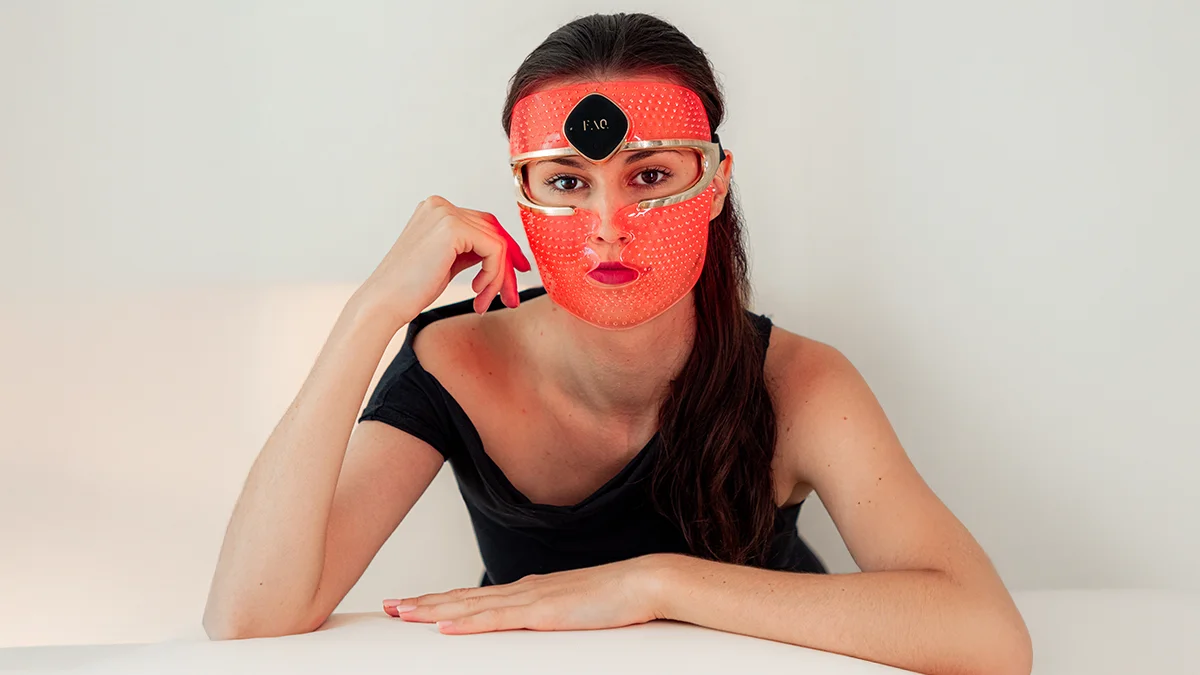
Conclusion
The truth is, red light doesn’t heal you. Your body heals itself, red light therapy just gives it a little boost. It can soften scars, erase and slow the passage of time on our faces, and spark healing in the quiet dark of our cells. But even light, benevolent as it may seem, is not without shadow.
For some, it’s an absolute non-invasive lifesaver. For others—those with sensitive skin, complex conditions, or a body in flux—it may stir the wrong kind of response. If you’re pregnant, photosensitive, managing cancer, or taking light-reactive medication, a conversation with your doctor is necessary. The same goes for anyone with darker skin prone to pigmentation shifts, open wounds, or preexisting eye damage. This isn’t a warning designed to scare, but a reminder that healing isn’t a one-size-fits-all, but that it is contextual.
Red light therapy is not inherently unsafe, far from it. It’s one of the most non-invasive, well-tolerated treatments in aesthetic and therapeutic care. But it is powerful, and like all powerful tools, it must be used with respect. Choose reputable devices, use goggles if instructed, don’t skip the small print (or the patch test), and enjoy red light therapy benefits safely. But if the body is already in a conversation with disease, imbalance, or heightened sensitivity, sometimes it’s best to let that dialogue finish before starting another.
We did our best to give useful, actionable information, and we hope you learned something today. Stay curious, stay beautiful, keep going towards the light, and enjoy living in your skin.
Up to 50% off FOREO Gift Sets: code MYSAUNWRAP
Bundle Wonderland from Dec 3 - Dec 31
It is the most wonderful time of the year when we jingle and mingle, and the gifting fever is the only thing louder than bells and buzzed uncles at family gatherings. Ho-ho-holiday home spa beauty gifts just got all bundled up into FOREO gift sets in The Bundle Wanderland. From Dec 3 - Dec 31, the holiday train choo-chooes by with an extra 35% off FOREO favorite devices and up to half off exclusive skincare with the code MYSAUNWRAP.

The impressive big-saver holiday skincare gift sets will delight your bulimic wallet and make you instantly glow with holiday cheer. Stay cool, merry, and cozy as you wander through Bundle Wonderland, and enjoy living in your skin.
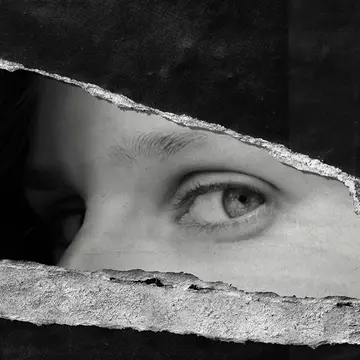







Leave a comment